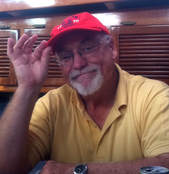 On May 24, 1883, The Brooklyn Bridge was opened to the public. It took 14 years, $15 million and many lives to link Brooklyn and Manhattan. Before work was begun, its designer, John A. Roebling, was making final surveys of the site. A docking ferryboat nudged a piling near him, driving a dirty nail into his foot. He died of tetanus 24 days later. His son, Washington Roebling took over the engineering project. To sink the bridge tower foundations down to bedrock, workers excavated river silt inside two open-bottomed 3000 ton iron bases, caissons. High-pressure air pumps kept river water out. As the caissons were dug deeper beneath the river surface, air pressure grew higher; work became more dangerous. When they were digging near seventy feet deep, a few workers walked through the caisson air-lock at the surface, across the street to the tavern, and dropped down dead. The cause: nitrogen embolism—gas dissolved in blood under high pressure expanding rapidly at normal pressure. Scuba divers call it “the bends.” Washington Roebling, himself, was crippled this way but monitored the project through a telescope from his bed upriver. His brilliant wife, Emily Warren Roebling, managed construction on-site. Twenty to 30 bridge workers were killed in construction from nitrogen embolism, being struck by falling material, and by falls from the towers. It was the longest suspension bridge in the world, with a river-span of 1595.5 feet. Anyone could cross: 1¢ for a pedestrian, 5¢ for a horse and rider, 10¢ for a horse and wagon, 5¢ for cows, 2¢ for sheep or hogs. Only six days after its opening, the bridge was crowded with walkers when a rumor started that the bridge was collapsing! Strollers stampeded, killing 12, injuring 35 in the panic. Was the great bridge safe? Months later, May 17, 1884, the great huckster and self-promoter P. T. Barnum set out to prove the solidity of the bridge “in the interest of the dear public.” Across the broad bridge paraded 21 elephants with Barnum’s famous African elephant Jumbo in the rear. They were followed by seven Bactrian camels (two-hump) and ten dromedaries (one-hump). Since elephant and camel fares had never been specified, no tolls were paid. The New York Times reported “…it seemed as if Noah’s Ark were emptying itself over on Long Island.” If any doubts remained, Barnum’s ballyhoo proof put them to rest.
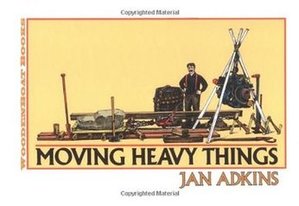 The story of how Jumbo was brought from Africa to the United States is a fascinating one -- Google it. In the meantime, you might want to have a look at Jan Adkin's fascinating description of how people often have to use brains rather than brawn to move heavy items. Jan Adkins is a member of iNK's Authors on Call and is available for classroom programs through Field Trip Zoom, a terrific technology that requires only a computer, wifi, and a webcam. Click here to find out more. MLA 8 Citation
Adkins, Jan. "Proof Positive: Ballyhoo Confirms the Safety of the Brooklyn Bridge." Nonfiction Minute, iNK Think Tank, 7 June 2018, www.nonfictionminute.org/the-nonfiction-minute/ Proof-Positive-Ballyhoo-Confirms-the-Safety-of-the-Brooklyn-Bridge.
2 Comments
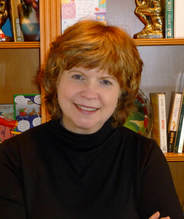  Often we think of Memorial Day as a day for parades, picnics, and opening swimming pools, but it’s a lot more than a day for celebrating summer’s beginning. In fact, Memorial Day got its start way back during the Civil War, when women from both North and South decorated soldier graves with flowers. This practice spread across the country, and in 1873 New York State was the first to established Memorial Day as a state holiday. In 1887, the US government made May 30 a Memorial Day holiday for government workers, and most Northern states followed suit. But in the South, this tradition became known as Confederate Memorial Day, which is still celebrated in some of the states that formed the Confederacy during the Civil War. In 1971, Congress declared the fourth Monday in May as Memorial Day, a national holiday. Well into the 1900s, many called this day “Decoration Day,” and families visited cemeteries to tidy up family graves and plant them with flowers. When American soldiers died during World War I, the celebration evolved from remembering Civil War soldiers to memorialize all our soldiers who fought or died in war. Wherever we are on Memorial Day, we Americans are asked to observe a moment of silence at 3 o’clock in the afternoon, because it is the time when most Americans are enjoying their freedoms on the national holiday Across the country this Memorial Day, tiny flags will mark soldier graves, and solemn ceremonies will mark their sacrifice. The US President or Vice President will lay a wreath at the Tomb of the Unknowns in Arlington National Cemetery. Often “Taps” ring out from bugles in memory of the dead. Day is done, gone the sun From the lakes, from the hills, from the sky. All is well, safely rest, God is nigh. My grandfather, a World War I bugler, played taps for years at a national cemetery in Illinois with Civil War graves of Northern and Confederate soldiers. Grandpa bugled the “echo” from afar as taps was played to close every Memorial Day ceremony. Grandpa is buried in this cemetery now, and someone else plays taps on Memorial Day. I live far away, but every year I celebrate this day by remembering him. Are there people you think about on Memorial Day? 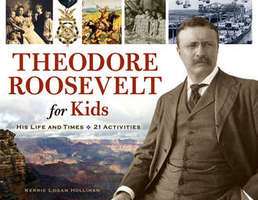 Kerrie Hollihan's Theodore Roosevelt for Kids brings to life this fascinating man, an American giant whose flaws were there for all the world to see. Twenty-one hands-on activities offer a useful glimpse at Roosevelt’s work and times. Readers will create a Native American toy, explore the effects of erosion, go on a modern big game hunt with a camera, and make felted teddy bears. The text includes a time line, online resources, and reading list for further study. And through it all, readers will appreciate how one man lived a “Bully!” life and made the word his very own. MLA 8 Citation
Hollihan, Kerrie Logan. "Memorial Day." Nonfiction Minute, iNK Think Tank, 25 May 2018, www.nonfictionminute.org/the-nonfiction-minute/Memorial-Day.
José Batlló’s house in Barcelona, Spain, was looking a little shabby. So, Batlló turned to Antoni Gaudí, the city’s most inventive architect—and got a house that astonished all Barcelona. Its walls, studded with glittering blue and green shards, billowed like the sea. Some windows were egg-shaped, others had balconies resembling giant masks. The roof was more fanciful. Eerily iridescent, colors shifted from bluish green to golden orange. With scale-like tiles, it reminded people of a dinosaur’s backbone. Because of the oval windows, people called it the House of Yawns. Others, noticing columns that looked like shinbones, christened it House of Bones. Born in 1852 into a family of coppersmiths, Gaudí grew up in a small town near Barcelona. As a boy he roamed the countryside making sketches, living in his own world of discovery and fantasy. Becoming an architect was his childhood dream. He quickly developed a style entirely his own, drawing inspiration from nature rather than anything man-made. He was disdainful of straight lines. “They belong to men,” he used to say. “Curved lines belong to God.” Near Casa Battló stands another Gaudi creation: Casa Mila, a six-story apartment building which, because of its soft swelling shapes, has been likened to human lips, pastries, and a hornet’s nest. Still, many people love it. Among Gaudí’s accomplishments is what may be the world’s quirkiest park: Park Güell, a kind of fairy-tale fantasy, with two dancing gazelles flanking the entrance, a giant tile-encrusted lizard, and a roof topped with upturned coffee cups. Deeply religious, Gaudí spent his last twenty years working on Sagrada Familia, a cathedral unlike any other, with eighteen towers symbolizing the apostles, evangelists, the Virgin Mary, and Christ. It became such an obsession with Gaudí that he set up residence at the worksite. Once something of a dandy, he became increasingly careless with his appearance. This neglect may have contributed to his death. On a spring evening in 1926, taking one last loving look at a newly completed Sagrada Familia tower, he stepped off the sidewalk and was hit by a streetcar and knocked unconscious. Because of wretched clothing he was taken for a tramp and not immediately brought to a hospital. Gaudí was finally recognized, but was beyond help and died three days later. Gaudi's Park Güell is one of the most famous sights of Barcelona. welcoming more than 4 million visitors a year. Art by Roxie Munro. 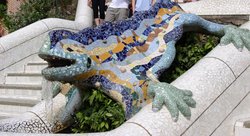 The tile-encrusted salamander in Park Güell has become a symbol of Gaudí's work. Wikimedia 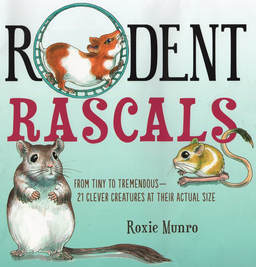 Check your favorite bookstore for Roxie's latest book coming out on February 6th. Rodent Rascals has already garnered three starred reviews with Roxie's fabulous actual-sized artwork accompanied by fascinating facts about 21 rodents who share our world. Roxie is a member of Authors on Call where she can visit your classroom and show you her work herself. Read more about here here. MLA 8 Citation
Munro, Roxie. "The Architect Who Hated Straight Lines." Nonfiction Minute`, iNK Think Tank, 31 Jan. 2018, www.nonfictionminute.org/the-nonfiction-minute/ the-architect-who-hated-straight-lines. Since he was a boy, John Collins has been fascinated by paper airplanes. Who isn’t? Most of us have folded the familiar dart-shaped classroom airplane. Good fun. And it’s science. Big and small aircraft depend on the same four principles: weight (of the craft), drag (wind resistance over the craft), lift (upward force from air passing over the craft’s flight surfaces), and thrust (what pushes the craft). A 747 Jumbo Jet and a paper airplane depend on the same forces. Collins wanted to fold this aeroscience into paper. But how to build (fold) complex principles into something so small? He found the ancient Japanese art of origami and used its sculptural tricks. He created paper aircraft that do astonishing things. One comes back in a horizontal circle, like a boomerang. Another flies up, turns over and comes back vertically. One actually flaps its wings as it glides slowly. To John, they’re all working science experiments: every flight leads to some knowledge and to new ideas for tweaking the aircraft so it flies better. John Collins became “The Paper Airplane Guy.” He believes that scientific research happens everywhere, every day. He says, “It doesn’t take computers, lab coats, microscopes and the like. It takes a hunger to know. Science is just the structured way we find stuff out. The science you can do with a simple sheet of paper is no less important than what can be done with an electron microscope.” On February 26, 2012, John and Joe Ayoob stood in a big, windless aircraft hangar with John’s best-so-far flyer, Suzanne. (He named it after his wife.) Joe was a professional football quarterback who learned to throw Suzanne hard but steady, not like a football but like a delicate piece of origami. Joe threw Suzanne up, up, and it dived down to fly – really fly – 226 feet and 10 inches, the Guinness World Record for distance thrown. John wanted paper airplanes to welcome young people into science. He started a National Paper Airplane Contest called the Kickstarter Project with a big prize for anyone who throws Suzanne farther than Joe. Or you could throw your own better, more aeronautically elegant paper airplane. It was a simple, scientific task. Every paper airplane and every flight would be a new experiment, just as important as the Wright Brothers’ Kittyhawk flight. Science isn’t just geeks and labs; we’re all part of it. The project didn’t get support and ended. John would like to direct people to www.TheNationalPaperAirplaneContest.com. Air and Science museums across the country will be hosting events. The museums get three Fly for Fun Days; STEM education days that teach basic flight concepts and skills for the national contest. Jan Adkins is a member of iNK's Authors on Call and is available for classroom programs through Field Trip Zoom, a terrific technology that requires only a computer, WiFi, and a webcam. Click here to find out more. MLA 8 Citation
Adkins, Jan. "Flat Paper Flight." Nonfiction Minute, iNK Think Tank, 9 Apr. 2018, www.nonfictionminute.org/the-nonfiction-minute/flat-paper-flight. When we think of endangered species, we are likely to think “cheetah” or “grizzly bear” or some other big, familiar, and in-the-news animal. But unfortunately, just about any sort of living thing can enter the list of endangered life. Scientists fear that the continuing elimination of habitat by humans and the changing climate could result in the loss of a million or more species in the foreseeable future. The Torrey pine, native to the coast of southern California, is on the endangered list. Before the city of San Diego and its suburbs developed, woodlands featuring this species thrived along the nearby rocky coast. The frequent cool afternoon fog helped the trees tolerate a climate where rain is scarce during the summer months. Now, largely because of human development, this beautiful tree with open, spreading branches is critically endangered. There are just two areas left where these trees grow in the wild. Fewer than 5,000 individual trees live on tiny Santa Rosa Island off the Santa Barbara coast and in the Torrey Pines State Reserve on the San Diego coastline. In addition to having an ever-shrinking natural habitat, the Torrey Pines have recently struggled to survive an onslaught of the five-spined engraver beetle, which bores through the bark and lays its eggs in the cambium layer of the tree. The beetle attack can result in shutting off the supply of water and nutrients to the tree, killing it. Healthy trees may be able to survive, but drought can weaken a tree, making it vulnerable to attack. Torrey pines do not replenish themselves easily. They take their time to produce seeds. The male flowers develop in February as clusters of reddish finger-like structures on lower branches. Their pollen fertilizes the female blossoms, which look like tiny red cones. It takes about 3 ½ years for the cones to grow and the seeds to develop fully. Then the cones release seeds, but some may remain until the cone itself drops from the tree as long as ten years after pollination. The Torrey Pines State Reserve works hard to protect these rare trees, but it may be too late. The increasing heat and dryness brought about by climate change could weaken the remaining wild trees, resulting in beetle damage and early death. Let’s hope these hardy beauties find a way to survive these difficult challenges.
|
*NEWS
|
For Vicki Cobb's BLOG (nonfiction book reviews, info on education, more), click here: Vicki's Blog
The NCSS-CBC Notable Social Studies Committee is pleased to inform you
that 30 People Who Changed the World has been selected for Notable Social Studies Trade Books for Young People 2018, a cooperative project of the National Council for the Social Studies (NCSS) & the Children’s Book Council
Categories
All
Abolitionists
Adams Janus
Adaptation
Adaptations
Adkins Jan
Advertising
Aerodynamics
Africa
African American History
African Americans
Africa West
Agriculture
Aircraft
Air Pilots
Air Pressure
Air Travel
Albee Sarah
Alchemy
Alligators
Allusion
American History
American Icons
Amphibians
Amundsen Roald
Anatomy
Ancient
Ancient Cultures
Anderson Marian 1897-1993
Animal Behavior
Animal Experimentation
Animal Intelligence
Animals
Animation
Antarctica
Ants
Apache Indians
Apes
April Fool's Day
Architecture
Argument
Arithmetic
Art
Art Deco
Artists
Arts
Asia
Astronauts
Astronomy
Athletes
Atomic Theory
Audubon Societies
Authors
Autobiography
Automobiles
Aviation
Awards
Bacteria
Baseball
Battuta Ibn
Bears
Beatles
Beavers
Bees
Biodegradation
Biography
Biology
Biomes
Biomimicry
Biplanes
Birds
Black Death
Black History
Blindness
Blizzards
Bombs
Bonaparte Napoleon
Boone Daniel
Botany
Brazil
Bridges
Brill Marlene Targ
Brooklyn Bridge
Brown John
Buffaloes
Building Materials
Butterflies
Caesar
Caesar Julius
Caissons
Calculus
Calendars
Cannibal
Capitals
Caravaggio
Carbon Dioxide
Carnivores
Carson Mary Kay
Cartoons & Comics
Carving (Decorative Arts)
Cascade Range
Castaldo Nancy
Castles
Castrovilla Selene
Cathedrals
Cats
Caves
Celts
Cemeteries
Chemistry
Children's Authors
Child Welfare
China
Choctaw Indians
Christmas
Chronometers
Cicadas
Cinco De Mayo
Ciphers
Circle
Citizenship
Civil Rights
Civil Rights Movements
Civil War
Civil War - US
Climate
Climate Change
Clocks And Watches
Clouds
Cobb Vicki
COBOL (Computer Language)
Code And Cipher Stories
Collard III Sneed B.
Collectors And Collecting
Color
Commerce
Communication
Competition
Compilers
Composers
Computers
Congressional Gold Medal
Consitution
Contests
Contraltos
Coolidge Calvin
Cooling
Corms
Corn
Counterfeiters
Covid-19
Crocodiles
Cryptography
Culture
Darwin Charles
Declaration Of Independence
Decomposition
Decompression Sickness
Deep-sea Animals
Deer
De Medici Catherine
Design
Detectives
Dickens Charles
Disasters
Discrimination
Diseases
Disney Walt
DNA
Dogs
Dollar
Dolphins
Douglass Frederick 1818-1895
Droughts
Dr. Suess
Dunphy Madeleine
Ear
Earth
Earthquakes
Ecology
Economics
Ecosystem
Edison Thomas A
Education
Egypt
Eiffel-gustave-18321923
Eiffel-tower
Einstein-albert
Elephants
Elk
Emancipationproclamation
Endangered Species
Endangered-species
Energy
Engineering
England
Englishlanguage-arts
Entomology
Environmental-protection
Environmental-science
Equinox
Erie-canal
Etymology
Europe
European-history
Evolution
Experiments
Explorers
Explosions
Exports
Extinction
Extinction-biology
Eye
Fairs
Fawkes-guy
Federalgovernment
Film
Fires
Fishes
Flight
Floods
Flowers
Flute
Food
Food-chains
Foodpreservation
Foodsupply
Food-supply
Football
Forceandenergy
Force-and-energy
Forensicscienceandmedicine
Forensic Science And Medicine
Fossils
Foundlings
France
Francoprussian-war
Freedom
Freedomofspeech
French-revolution
Friction
Frogs
Frontier
Frontier-and-pioneer-life
Frozenfoods
Fugitiveslaves
Fultonrobert
Galapagos-islands
Galleys
Gametheory
Gaudi-antoni-18521926
Gender
Generals
Genes
Genetics
Geography
Geology
Geometry
Geysers
Ghosts
Giraffe
Glaciers
Glaucoma
Gliders-aeronautics
Global-warming
Gods-goddesses
Gold-mines-and-mining
Government
Grant-ulysses-s
Grasshoppers
Gravity
Great-britain
Great-depression
Greece
Greek-letters
Greenberg Jan
Hair
Halloween
Handel-george-frederic
Harness Cheryl
Harrison-john-16931776
Health-wellness
Hearing
Hearing-aids
Hearst-william-randolph
Henry-iv-king-of-england
Herbivores
Hip Hop
History
History-19th-century
History-france
History-world
Hitler-adolph
Hoaxes
Holidays
Hollihan Kerrie Logan
Homestead-law
Hopper-grace
Horses
Hot Air Balloons
Hot-air-balloons
Housing
Huguenots
Human Body
Hurricanes
Ice
Icebergs
Illustration
Imagery
Imhotep
Imperialism
Indian-code-talkers
Indonesia
Industrialization
Industrial-revolution
Inquisition
Insects
Insulation
Intelligence
Interstatecommerce
Interviewing
Inventions
Inventors
Irrational-numbers
Irrigation
Islands
Jacksonandrew
Jazz
Jeffersonthomas
Jefferson-thomas
Jemisonmae
Jenkins-steve
Jet-stream
Johnsonlyndonb
Jokes
Journalism
Keeling-charles-d
Kennedyjohnf
Kenya
Kidnapping
Kingmartinlutherjr19291968
Kingmartinlutherjr19291968d6528702d6
Kings-and-rulers
Kings Queens
Kings-queens
Koala
Labor
Labor Policy
Lafayette Marie Joseph Paul Yves Roch Gilbert Du Motier Marquis De 17571834
Landscapes
Languages-and-culture
Law-enforcement
Layfayette
Levers
Levinson Cynthia
Lewis And Clark Expedition (1804-1806)
Lewis Edmonia
Liberty
Lift (Aerodynamics)
Light
Lindbergh Charles
Liszt Franz
Literary Devices
Literature
Lizards
Longitude
Louis XIV King Of France
Lumber
Lunar Calendar
Lynching
Macaws
Madison-dolley
Madison-james
Madison-james
Mammals
Maneta-norman
Maneta-norman
Marathon-greece
Marine-biology
Marine-biology
Marines
Marsupials
Martial-arts
Marx-trish
Mass
Massachusetts-maritime-academy
Mass-media
Mastodons
Mathematics
May-day
Mcclafferty-carla-killough
Mcclafferty-carla-killough
Mckinley-william
Measurement
Mechanics
Media-literacy
Media-literacy
Medicine
Memoir
Memorial-day
Metaphor
Meteorology
Mexico
Mickey-mouse
Microscopy
Middle-west
Migration
Military
Miners
Mississippi
Molasses
Monarchy
Monsters
Montgomery
Montgomery-bus-boycott-19551956
Montgomery-heather-l
Monuments
Moon
Moran-thomas
Morsecode
Morsesamuel
Moss-marissa
Moss-marissa
Motion
Motion-pictures
Mummies
Munro-roxie
Munro-roxie
Musclestrength
Museums
Music
Muslims
Mythologygreek
Nanofibers
Nanotechnology
Nathan-amy
Nathan-amy
Nationalfootballleague
Nationalparksandreserves
Nativeamericans
Native-americans
Native-americans
Naturalhistory
Naturalists
Nature
Nauticalcharts
Nauticalinstruments
Navajoindians
Navigation
Navy
Ncaafootball
Nervoussystem
Newdeal19331939
Newman-aline
Newman-aline
Newton-isaac
New-york-city
Nobelprizewinners
Nomads
Nonfictionnarrative
Nutrition
Nylon
Nymphs-insects
Oaths Of Office
Occupations
Ocean
Ocean-liners
Olympics
Omnivores
Optics
Origami
Origin
Orphans
Ottomanempire
Painters
Painting
Paleontology
Pandemic
Paper-airplanes
Parksrosa19132005
Parrots
Passiveresistance
Patent Dorothy Hinshaw
Peerreview
Penguins
Persistence
Personalnarrative
Personification
Pets
Photography
Physics
Pi
Pigeons
Pilots
Pinkertonallan
Pirates
Plague
Plains
Plainsindians
Planets
Plantbreeding
Plants
Plastics
Poaching
Poetry
Poisons
Poland
Police
Political-parties
Pollen
Pollution
Polo-marco
Populism
Portraits
Predation
Predators
Presidentialmedaloffreedom
Presidents
Prey
Prey-predators
Prey-predators
Prime-meridian
Pringle Laurence
Prohibition
Proteins
Protestandsocialmovements
Protestants
Protestsongs
Punishment
Pyramids
Questioning
Radio
Railroad
Rainforests
Rappaport-doreen
Ratio
Reading
Realism
Recipes
Recycling
Refrigerators
Reich-susanna
Religion
Renaissance
Reproduction
Reptiles
Reservoirs
Rheumatoidarthritis
Rhythm-and-blues-music
Rice
Rivers
Roaringtwenties
Roosevelteleanor
Rooseveltfranklind
Roosevelt-franklin-d
Roosevelt-theodore
Running
Russia
Safety
Sanitation
Schwartz David M
Science
Scientificmethod
Scientists
Scottrobert
Sculpture
Sculpturegardens
Sea-level
Seals
Seals-animals
Secretariesofstate
Secretservice
Seeds
Segregation
Segregationineducation
Sensessensation
September11terroristattacks2001
Seuss
Sextant
Shackletonernest
Shawneeindians
Ships
Shortstories
Silkworms
Simple-machines
Singers
Siy Alexandra
Slavery
Smuggling
Snakes
Socialchange
Social-change
Socialjustice
Social-justice
Socialstudies
Social-studies
Social-studies
Sodhouses
Solarsystem
Sound
Southeast-asia
Soybean
Space Travelers
Spain
Speech
Speed
Spiders
Spies
Spiritualssongs
Sports
Sports-history
Sports-science
Spring
Squirrels
Statue-of-liberty
STEM
Storms
Strategy
Sugar
Sumatra
Summer
Superbowl
Surgery
Survival
Swanson-jennifer
Swinburne Stephen R.
Synthetic-drugs
Taiwan
Tardigrada
Tasmania
Tasmanian Devil
Tasmanian-devil
Technology
Tecumsehshawneechief
Telegraph-wireless
Temperature
Tennis
Terrorism
Thomas Peggy
Thompson Laurie Ann
Time
Titanic
Tombs
Tortoises
Towle Sarah
Transcontinental-flights
Transportation
Travel
Trees
Trung Sisters Rebellion
Tundra
Turnips
Turtles
Typhoons
Underground Railroad
Us-environmental-protection-agency
Us History
Us-history
Ushistoryrevolution
Us History Revolution
Us-history-war-of-1812
Us Presidents
Ussupremecourtlandmarkcases
Vacations
Vaccines
Vangoghvincent
Vegetables
Venom
Vietnam
Viruses
Visual-literacy
Volcanoes
Voting-rghts
War
Warne-kate
Warren Andrea
Washington-dc
Washington George
Water
Water-currents
Wax-figures
Weapons
Weather
Weatherford Carole Boston
Whiting Jim
Wildfires
Winds
Windsor-castle
Wolves
Woman In History
Women
Women Airforce Service Pilots
Women-airforce-service-pilots
Womeninhistory
Women In History
Women-in-science
Women's History
Womens-roles-through-history
Wonder
Woodson-carter-godwin-18751950
World-war-i
World War Ii
World-war-ii
Wright Brothers
Writing
Writing-skills
Wwi
Xrays
Yellowstone-national-park
Zaunders Bo
ArchivesMarch 2021
February 2021
January 2021
December 2020
November 2020
October 2020
September 2020
June 2020
May 2020
April 2020
March 2020
February 2020
January 2020
December 2019
October 2019
September 2019
August 2019
July 2019
May 2019
April 2019
March 2019
February 2019
January 2019
December 2018
November 2018
September 2018
June 2018
May 2018
April 2018
March 2018
February 2018
January 2018
December 2017
November 2017
October 2017
September 2017
March 2017
The NONFICTION MINUTE, Authors on Call, and. the iNK Books & Media Store are divisions of iNK THINK TANK INC.
a 501 (c) (3) nonprofit corporation. To return to the iNK Think Tank landing page click the icon or the link below. :
http://inkthinktank.org/
For more information or support, contact thoughts@inkthinktank.org
For Privacy Policy, go to
Privacy Policy
© COPYRIGHT the Nonfiction Minute 2020.
ALL RIGHTS RESERVED.
This site uses cookies to personalize your experience, analyze site usage, and offer tailored promotions. www.youronlinechoices.eu
Remind me later
Archives
March 2023
February 2023
January 2023
December 2022
November 2022
October 2022
September 2022
June 2022
May 2022
April 2022
March 2022
February 2022
January 2022
December 2021
November 2021
September 2021
April 2021
March 2021
February 2021
November 2020
October 2020
September 2020
June 2020
May 2020
April 2020
March 2020
February 2020
January 2020
October 2019
August 2019
July 2019
May 2019
April 2019
December 2018
September 2018
June 2018
May 2018
March 2018
February 2018
January 2018
December 2017
November 2017
October 2017
September 2017


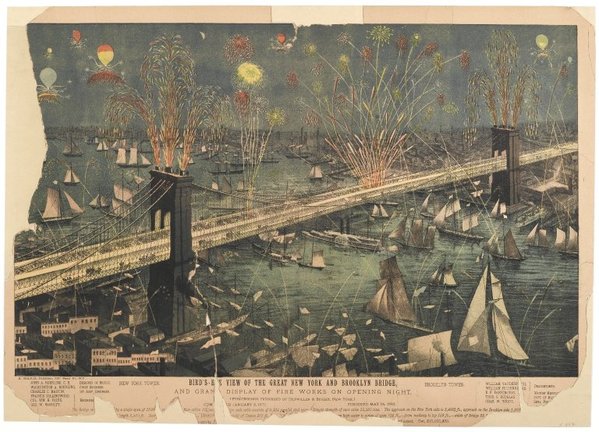
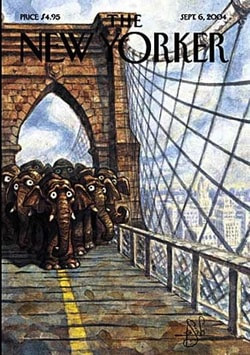
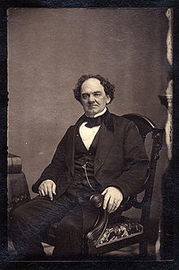
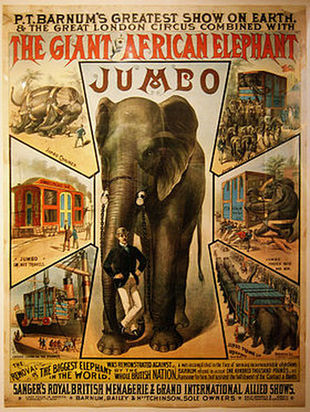

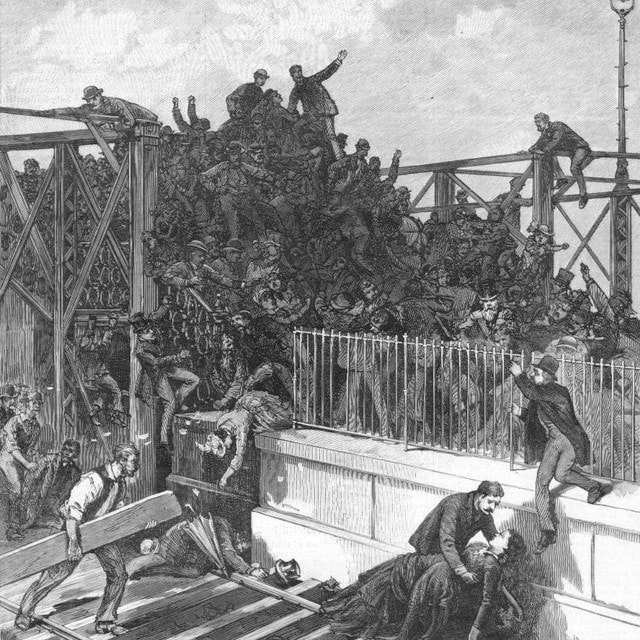



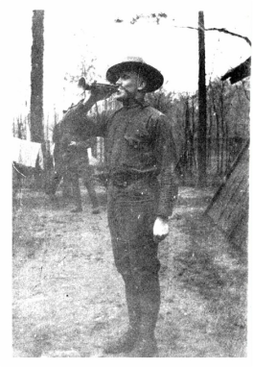


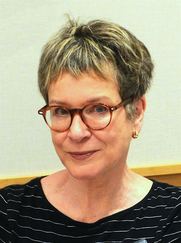
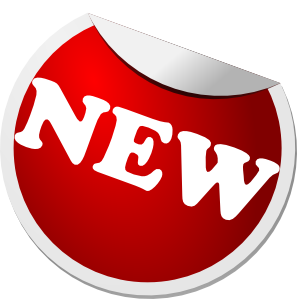

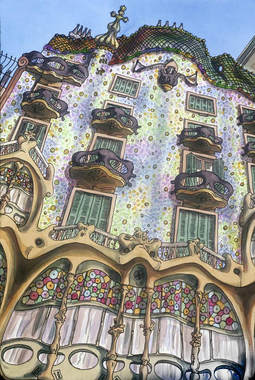
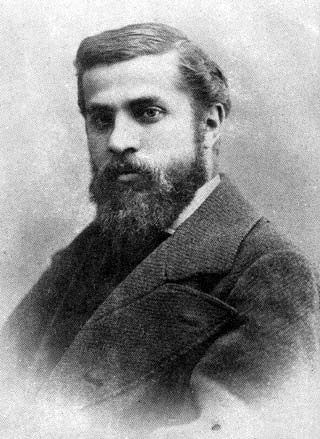
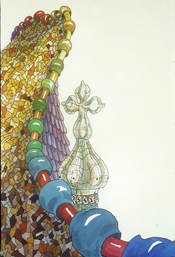
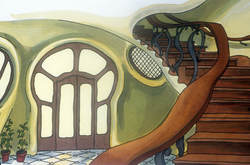
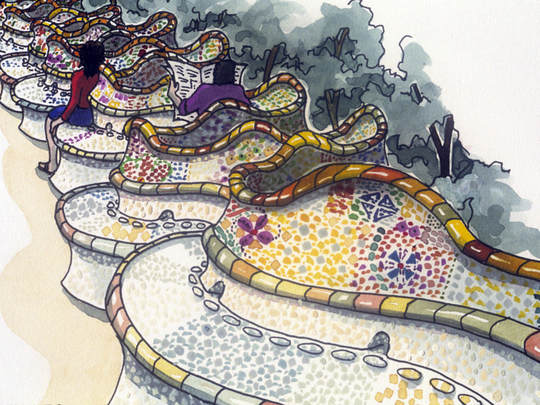




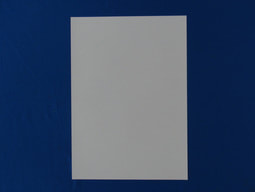

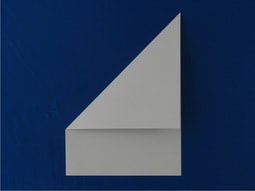







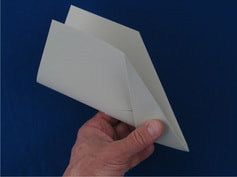
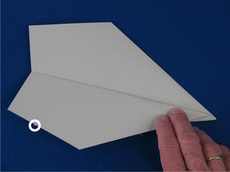
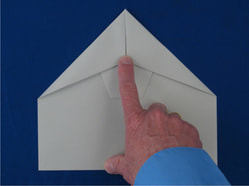
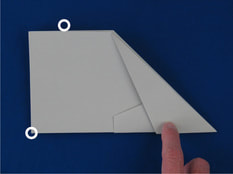
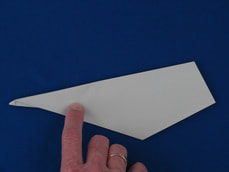
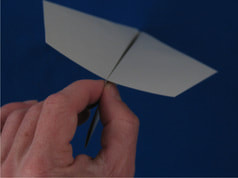
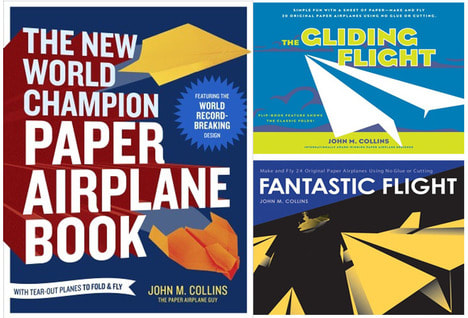

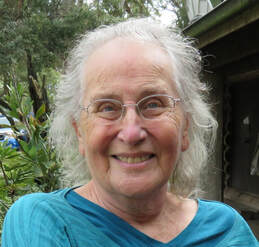





 RSS Feed
RSS Feed
